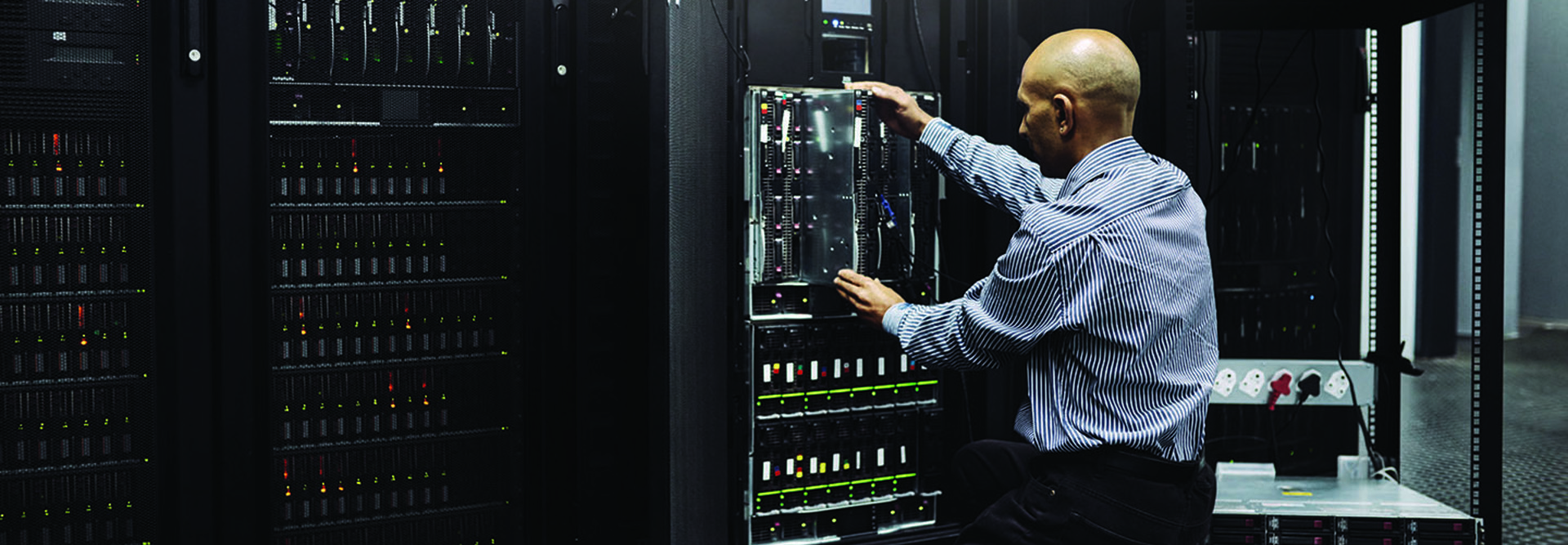What Are the Benefits of Deploying vSAN?
One of the key benefits of hyperconverged solutions such as vSAN is the way they reduce the management load on data center operators, says Eric Sheppard, research vice president within the Enterprise Infrastructure Practice group at IDC. “Broadly speaking, what we’re seeing is that organizations are investing today in modern data center infrastructure with the intention of driving savings longer term, and those savings are generated through operational simplicity, automation and a move toward a scale-out, software-defined, commodity architecture,” he says. “Organizations don’t view a lot of the tasks that are required to manage traditional infrastructure as valuable to their business, or they view those as an impediment to critical change.”
When asked to identify the most significant benefit of vSAN, Schulz gives a tongue-in-cheek answer, saying simply, “It’s VMware.”
“If you’re a VMware environment, and you’re running VMware for your hypervisor, guess what your choice is going to be. You don’t have to go out and layer on someone else’s storage to get that capability.”
Schulz adds that vSAN facilitates ease in diagnostics and troubleshooting, and says the solution offers what he calls a “have-it-your-way” brand of flexibility. Because organizations can opt for either hyperconvergence-specific nodes, or else design their own setup with more standard hardware, vSAN clusters can be architected so that they can easily be expanded while also allowing organizations to limit licensing costs. That’s just one of the ways that vSAN can yield savings in total cost of ownership, Schulz explains. “When you factor in the cost to manage, and the care and feeding, that’s where the cost benefits start to come into play,” he says.
What Are the Key Capabilities of vSAN?
The simplicity of hyperconverged infrastructure, Sheppard says, stems from a number of capabilities and characteristics. “It’s ease of deployment, it’s automating management tasks, it’s self-healing, self-discovery of expanded nodes, the cost-effective way of building out stretched clusters for resilient operations,” he says. “The simplicity starts with initial deployment and goes for day one and day two operations, as well.”Today, Sheppard says, we see more organizations using hyperconverged infrastructure to run their critical workloads — rather than merely as a facilitator for use cases such as virtual desktop infrastructure, which was a common early use case for the technology. “The feature set is far more robust today,” he says. “More and more people are seeing hyperconverged infrastructure now as a platform for hybrid cloud.”











